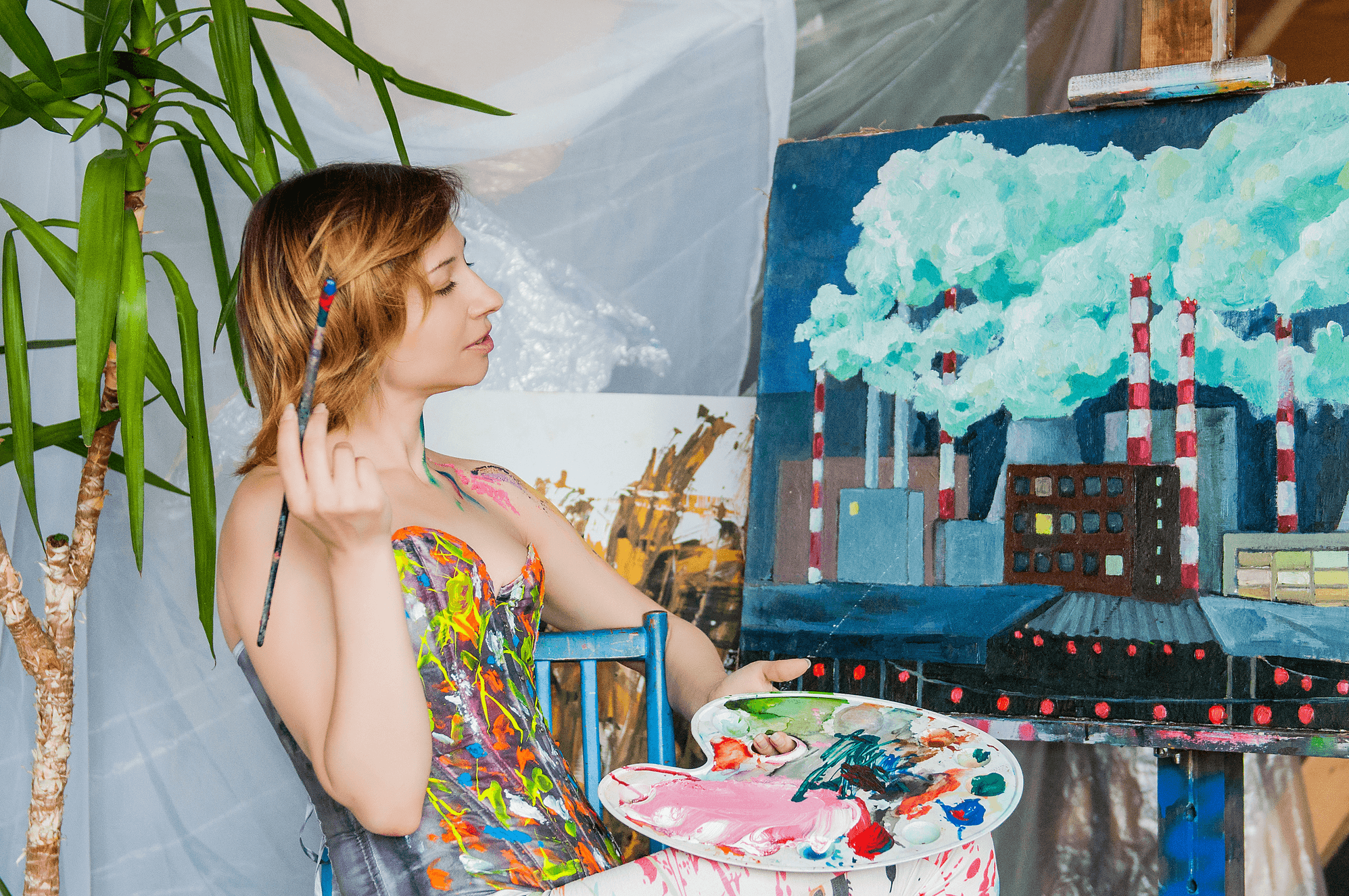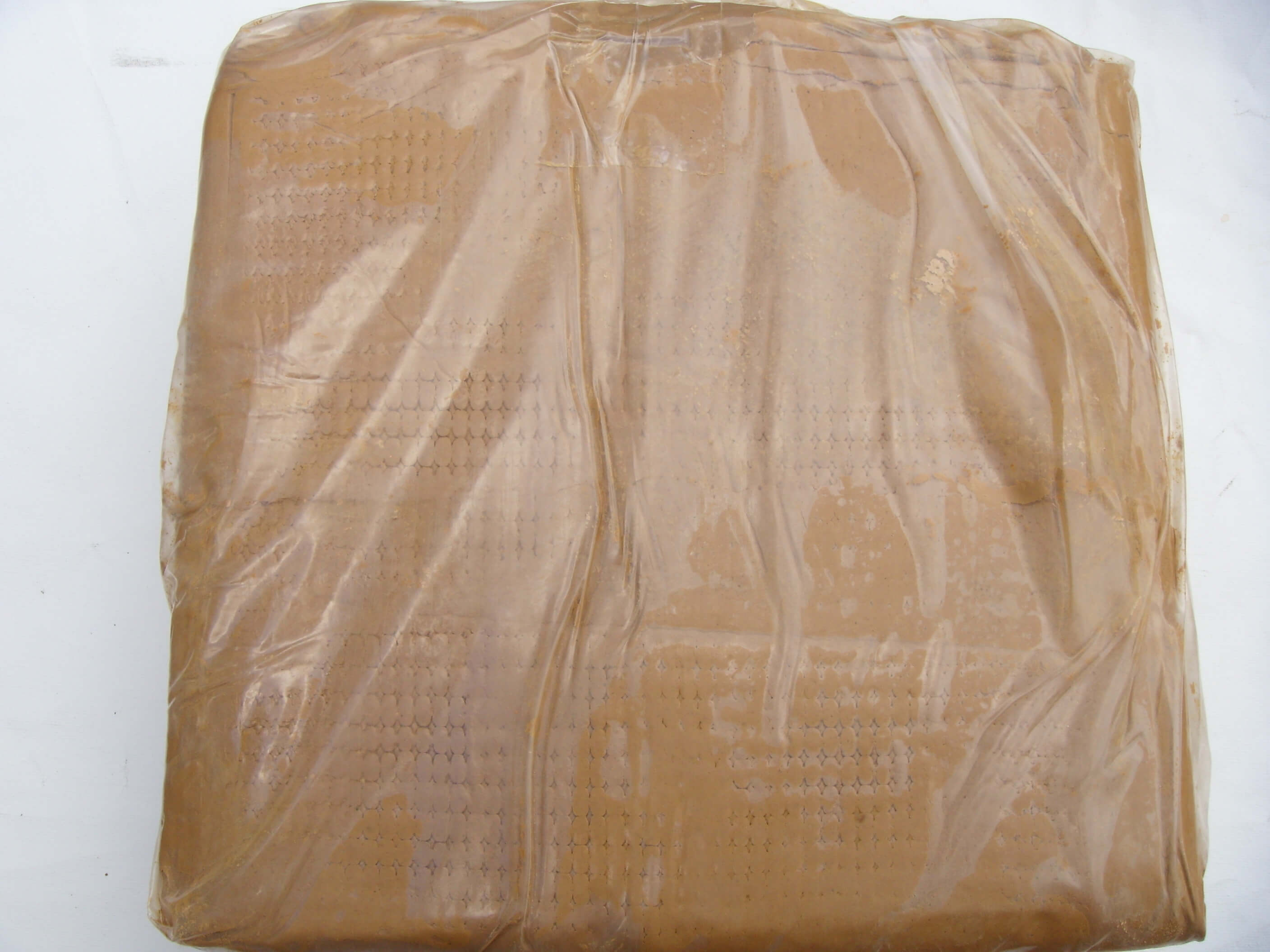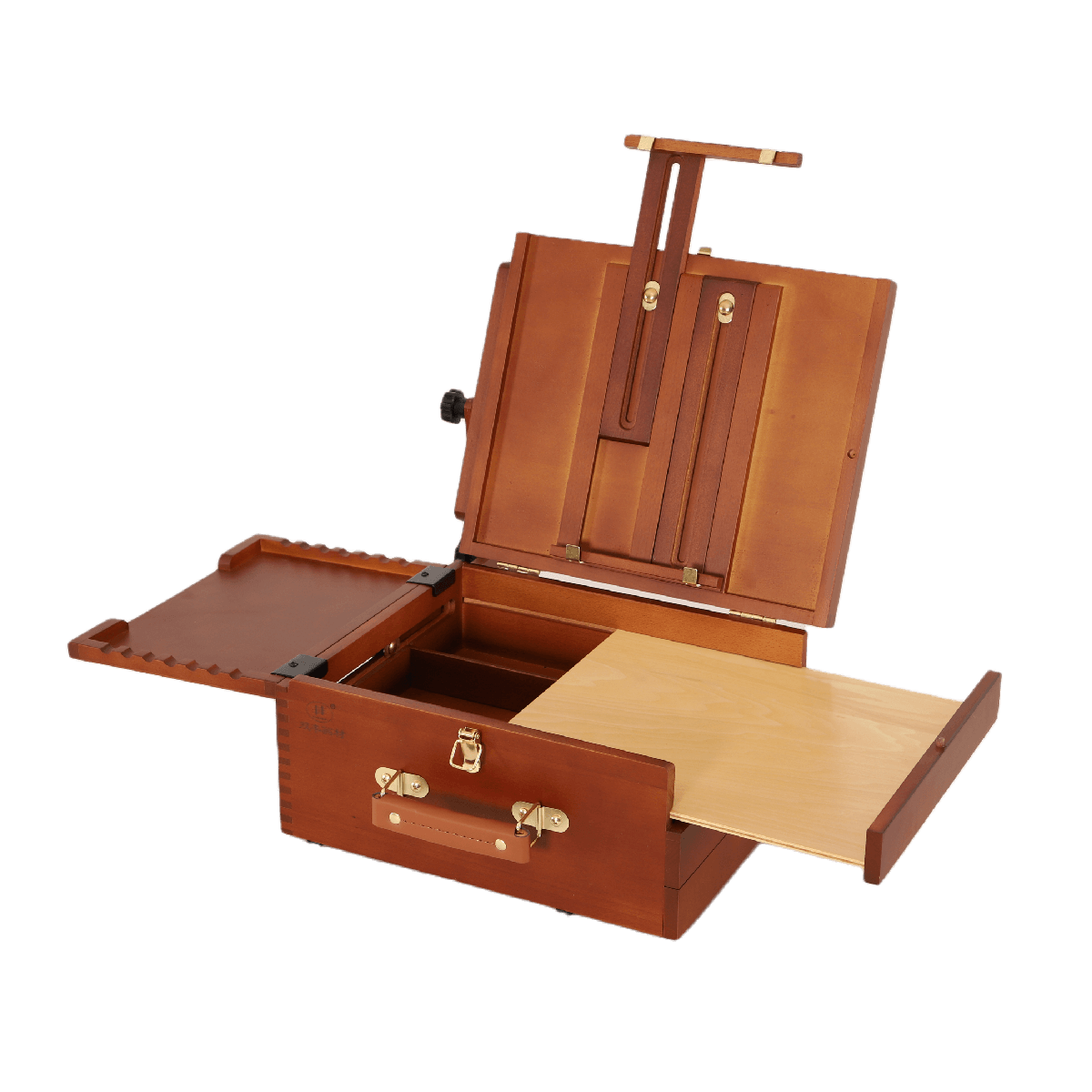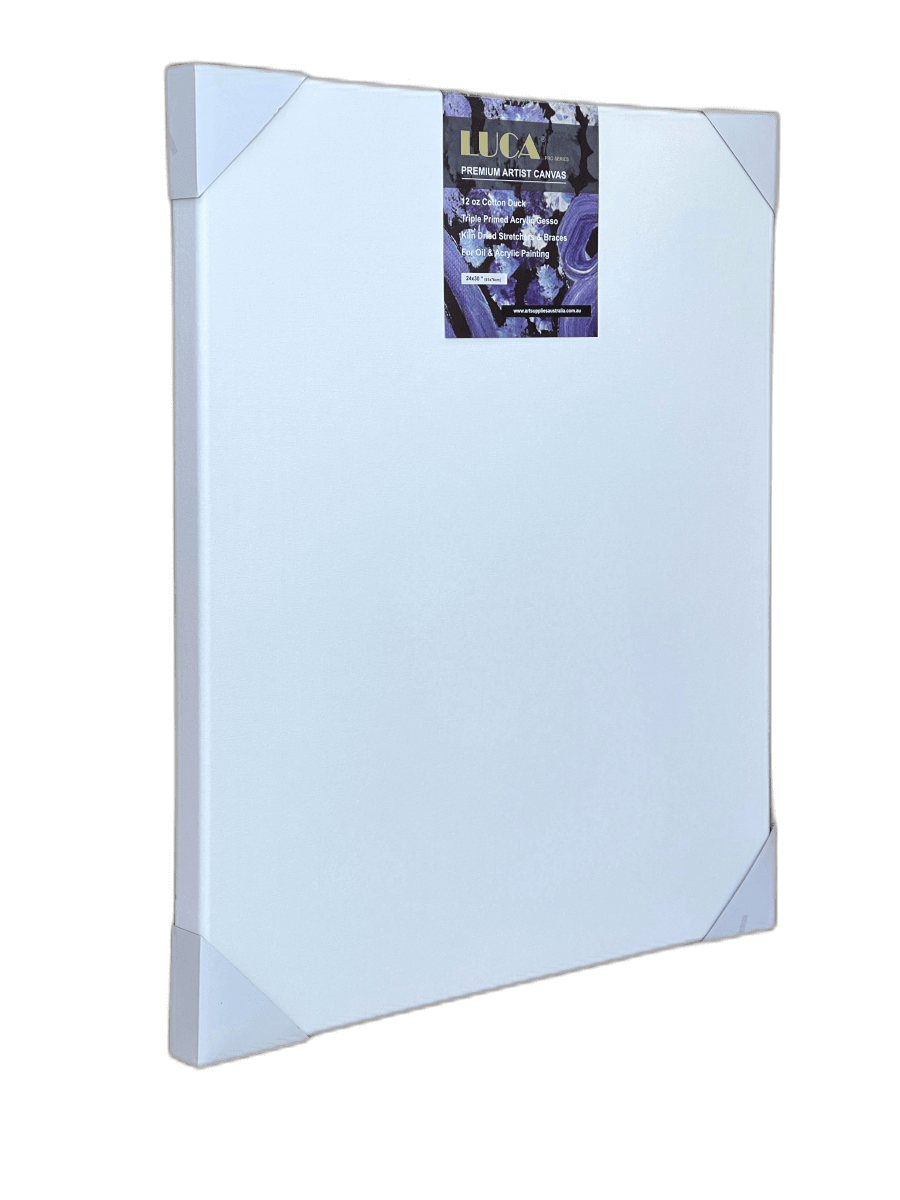When most people think of painting, they imagine easels, palettes and a room full of paint tubes. But what if you want to create a work of art but don't have access to all those things? Or maybe you're just starting and don't know where to begin.
No problem! Painting on art canvas is a great way to get started in the art world, and it's not as difficult as you might think. In this blog post, we'll walk you through the basics of painting on canvas. So please put on your painter's hat, and let's get started!
What Is Painting on Canvas and Why Should You Try It?

Painting on canvas is a painting that uses a piece of canvas as your support. Canvas is an ideal painting surface because it's sturdy and easy to work with. It's also relatively inexpensive, so it's an excellent option for just starting in painting.
There are many different types of paints that you can use for painting on canvas, but acrylic paint is a good choice for beginners. Acrylic paint is easy to work with and dries quickly, so you won't have to worry about your painting taking forever to dry.
Now that we've covered the basics of what you need to get started let's take a look at some simple techniques that will help you create beautiful works of art.
The Basics of Painting on Canvas - What You Need to Get Started

If you're new to painting on canvas, you might wonder what types of paints and brushes you should use. There are various options available, so choosing the right ones for your project is essential.
Acrylic paint is a good choice for beginners because it's easy to work with and dries quickly. You can find acrylic paint at most art supply stores. As for brushes, you'll want to choose ones made specifically for painting on canvas. These brushes are usually labelled as " synthetic."
Now that you have all the necessary supplies, it's time to start painting!
Simple Painting Techniques for Beginners

One of the great things about painting on canvas is that you can use various techniques to create different effects. Here are a few simple methods that you can try:
- Blocking in the colours: When you first start painting, you'll want to "block in" the colours. This means using large brushstrokes to lay down the primary colours of your painting.
- Adding texture: Once you've blocked in the colours, you can add texture to your painting by using various brushstrokes. You can also add texture by using a palette knife to apply the paint to the canvas.
- Creating depth: Use light and dark colours to create depth in your painting. Light colours will recede into the background, while dark colours will come forward.
- Using a glaze: A glaze is a thin layer of paint that you can apply over the top of your painting. Glazes are typically transparent, allowing the underlying colours to show through. This is a great way to add depth and interest to your image.
Now that you know the basics of painting on canvas, it's time to get started on your masterpiece! So gather your supplies, choose your colours, and prepare to create something beautiful.
Conclusion: How to Paint on Canvas
Now that you know the basics of painting on canvas, it's time to get creative and experiment with different techniques and styles. Remember, there are no rules when it comes to art, so don't be afraid to experiment and have fun! Who knows, you might create a masterpiece.
Consider stretched linen canvas if you're looking for a high-quality painting surface that will last for years. This canvas is made from natural fibres, so it's durable and won't warp or crack over time. Plus, it has a beautiful texture that makes your paintings look professional. So if you're ready to take your image to the next level, stretched linen canvas is the way to go.
Canvas boards are a great option for artists who want a sturdy and portable painting surface. They are made by mounting canvas onto a rigid board, which makes them easier to transport and work on than stretched canvases. Plus, they are typically more affordable than stretched canvases, making them a popular choice for beginner and hobbyist artists.







